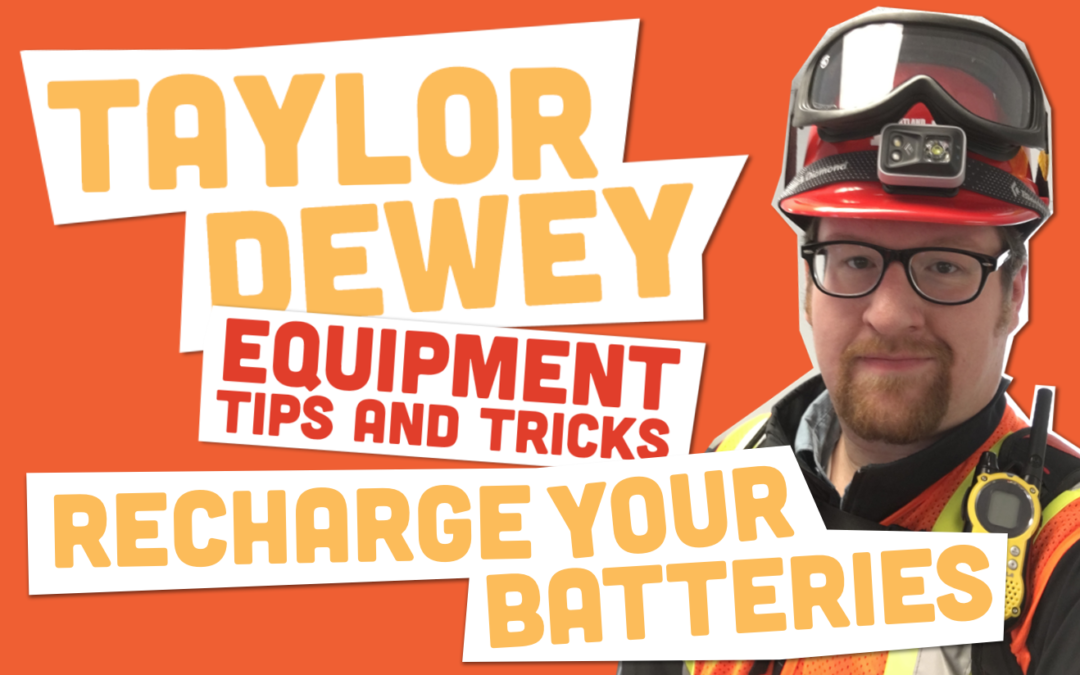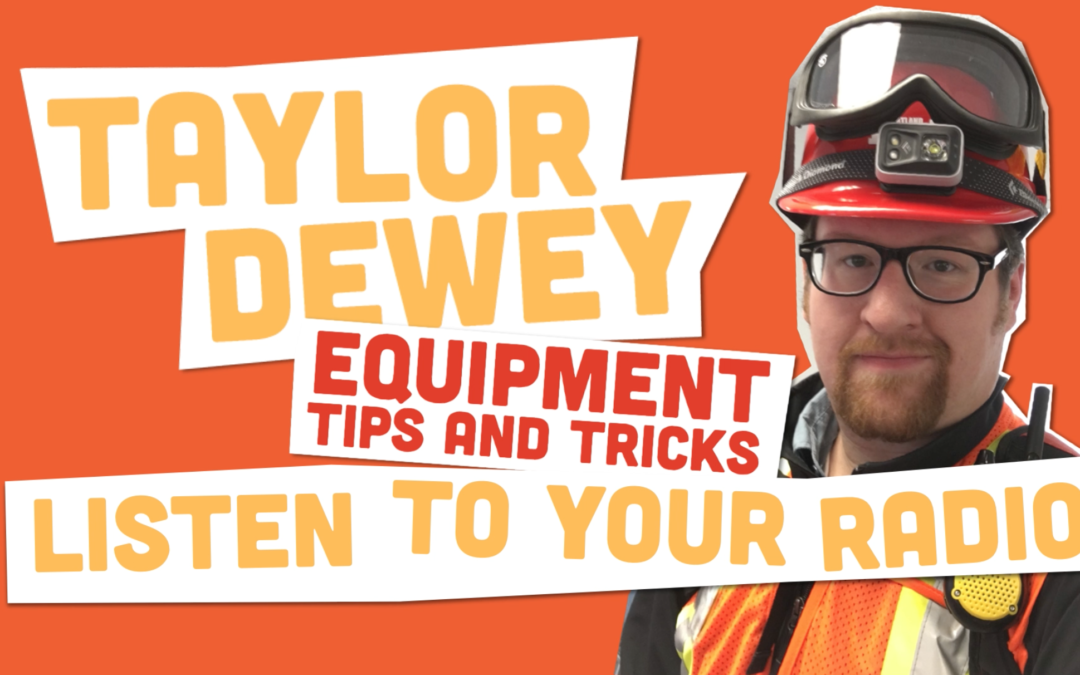
Equipment Tips and Tricks: Recharge Your Batteries
In this episode of Equipment Tips and Tricks, I talk about recharging your batteries. I talk about hybrid rechargeable batteries, smart chargers, and show off a neat piece of kit for storing them.
Equipment Mentioned in this Video
- Eneloop AAA Batteries (or AA)
- Rayovac Hybrid AA Batteries (or AAA)
- LaCrosse Smart Charger
- Powerpax AA holder (or AAA)
Full Transcript of the Video
Hey there Portland NETs and everyone else interested in community emergency response equipment tips and tricks—my name is Taylor. I’m a volunteer with the Kenton-Arbor Lodge Neighborhood Emergency Team in North Portland Oregon. Today I’m talking about recharging your batteries.
A lot of us are using rechargeable batteries in our kit. These Nickel-Metal Hydride batteries are all over the place. Supermarkets and connivence stores as well as big-box your regular electronic retailers. So, what’s the person to buy?
Well, the batteries you want to buy if you’re looking for rechargeables are going to be Nickel-metal Hydride. There might be some Lithium cells out there on the market, but by-common, you will find NiMH or Nickel-metal Hydride batteries.
Now, specifically, you should be thinking about picking up the versions that are marketed as hybrid batteries. These have a different chemical structure which allows them to retain their charge while they’re just sitting there on the shelf for quite a long time.
The most known brand of these are called Eneloop. That’s their logo! Although you’ll find others, such as these Rayovac Hybrids, on the market. You can go online and find all sorts of reviews. In the end, it’s the shelf-stableness of them that you’re going for. They’ll kind of sit there with their charge for a good couple of months. Unlike normal Nickel-metal hydride rechargeable which will deplete very quickly sitting on a shelf. So that’s the batteries you want.
Now, how do you store them? Well, I love these little carriers. They’re kind of on the spendy side, but so convenient. And what really makes them nice for rechargeables is that you can use them to determine, at a glance, whether that rechargeable is charged or depleted. How I do this is I store them with the positive terminal down if they’re charged. And when they’re depleted, you just flip it the other way and at a glance, you can quickly see which of your batteries are good to go and which you need to replace.
Of course, there are lots of different to store your batteries –whatever works for you. Just make sure you’re not contacting them so they create a short circuit and y’know, blow up or something.
The last thing you’re going to need is a charger. Again, lots of chargers on the market. What you want to look for is a smart charger. Something that can really detect the voltage on that battery and condition it over time to make it last as long as it can.
So this is one such variety. This is made by LaCrosse. There are lots of different models out there. Basically a smart charger is always going to have some sort of screen to tell you what’s going on with the charger. You’ll be able to see that, perhaps the current — how much current is being put into the battery at any time. Slower is better. Fast chargers are not as good. And you might be able to set it to be a refresh or recharge mode, which will completely drain the battery and then charge it all the way back up to get it’s maximum potential.
So, again: Hybrid batteries. A good way to store them. And a smart charger.
Choosing rechargeable batteries for your emergency kit is a personal choice. I prefer to use rechargeables on the things that I use on a constant basis such as my headlamp or that I have sitting around for radio usage or something to that effect. In my actual emergency kit — the one that’s in the garage kind of stored away—I have just regular alkaline batteries sitting there. And that way I don’t have to worry about them going bad for tens of years, rather than just in a couple of months. Also, alkaline batteries a lot less expensive so I can have a larger supply sitting there, without needing to invest in so heavily in the rechargeable batteries.
If you have anything to add about this topic, head on over to YouTube—that’s where we’ve got the comments—of course you can subscribe there as well. And as always, Portland, keep Portland prepared at portlandprepares.org. I’ll catch you next time.

